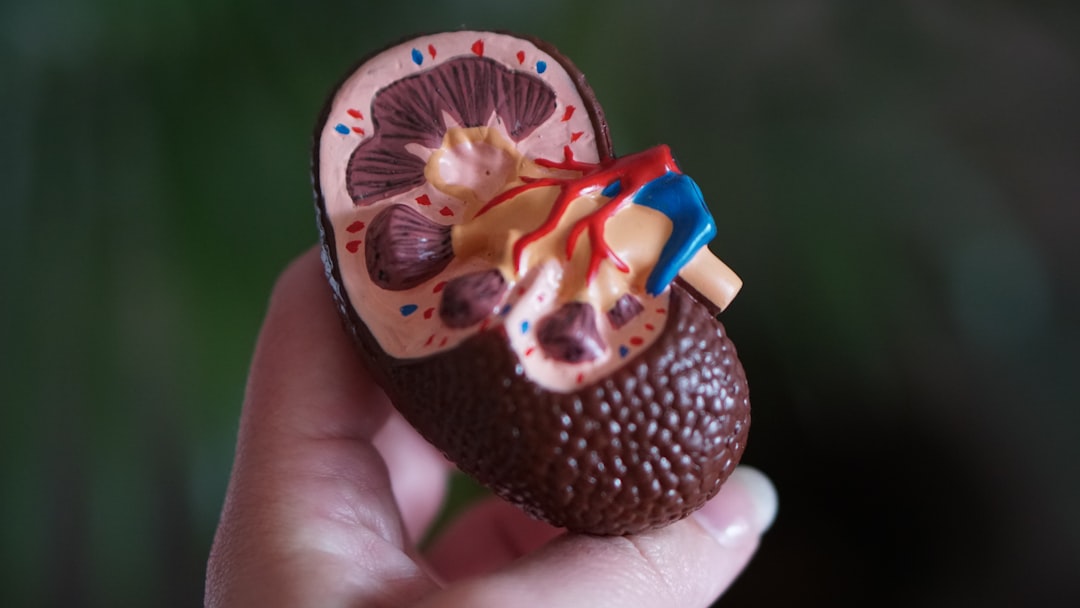What is it about?
In this work, by using flow cytometry, electrophysiology, Western Blot, immuno- microscopy, T-cell proliferation assays, we demonstrate the expression and immunosuppression role of the H v channel by ROS mechanism
Featured Image
Why is it important?
Our research ranges from the molecular level to in vitro functional studies whose results allow us to propose a complete model of the role of H v 1 in MDSCs immunosuppression. Thus, here we provide new pieces to the great puzzle of the tumoral pathophysiology, offering compelling new evidence to consider the H v 1 channel as a new and interesting target of study in cancer therapy.
Perspectives
The Hv1 proton channel pharmacological inhibition represents an attractive and novel approach for targeting the immunosuppression in the TME. From the perspective of the tumor cells, the blockage of proton extrusion through Hv1 leads to a decrease of invasiveness and migratory properties, and in vivo tumor growth reduction in human breast, glioma, and colorectal cancer cell lines. these results pave the way for novel strategies in which H v 1 could become a potential drug target for cancer treatment.
Carlos Gonzalez
Universidad de Valparaiso
Read the Original
This page is a summary of: Expression of Hv1 proton channels in myeloid-derived suppressor cells (MDSC) and its potential role in T cell regulation, Proceedings of the National Academy of Sciences, April 2022, Proceedings of the National Academy of Sciences,
DOI: 10.1073/pnas.2104453119.
You can read the full text:
Contributors
The following have contributed to this page










